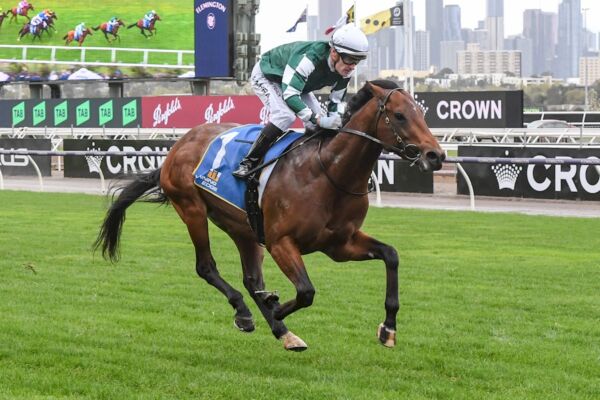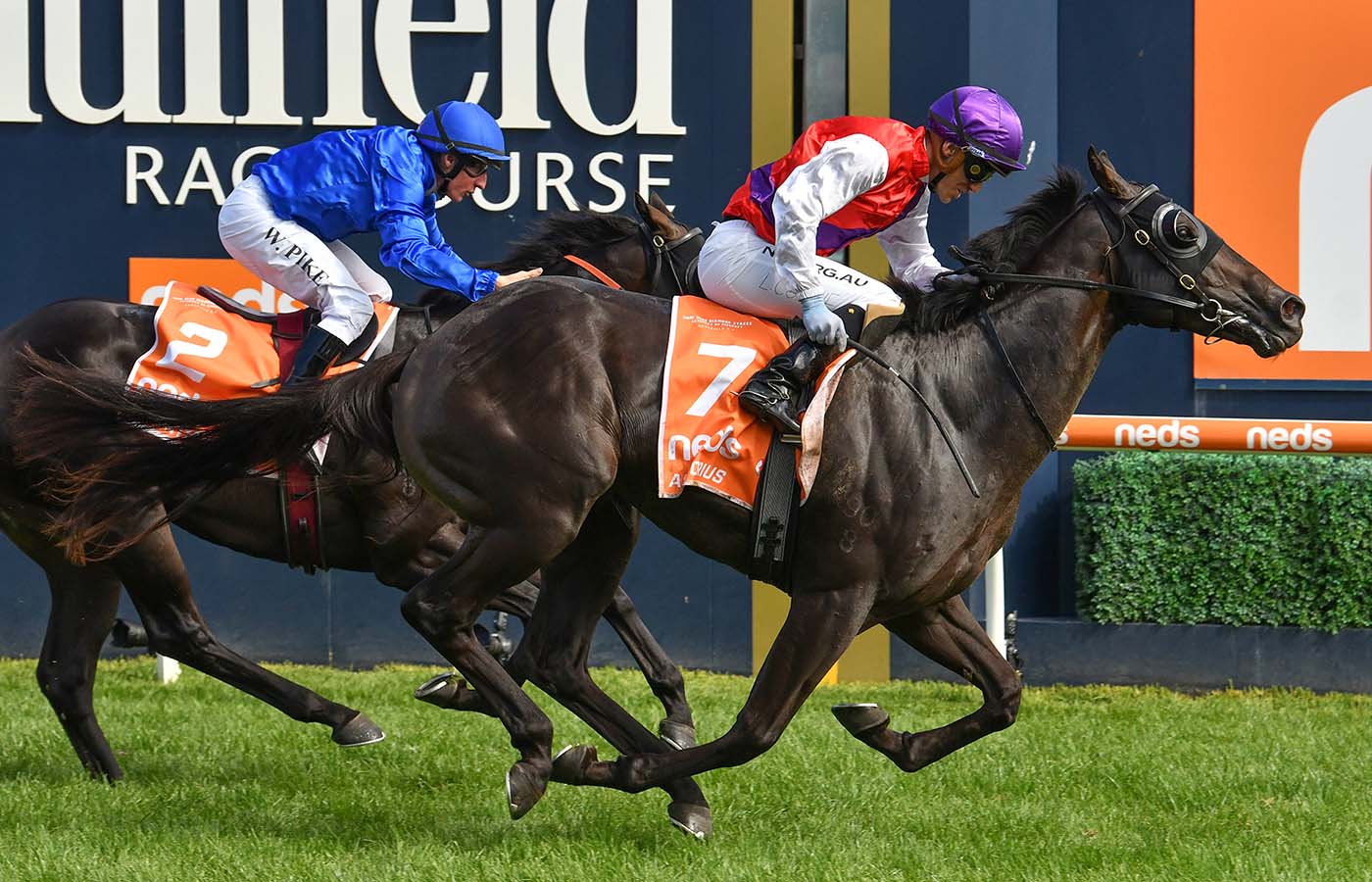HISTORY
1800’S

Map of the Upper Hunter circa 1830
THERE are few more seminal areas that drove the growth of New South Wales in its fledgling colonial days than the Hunter Valley, and at its very heart is the historic Vinery Stud. Settled in the 1820’s this magnificent property was settled prior to the Scone Township and was known as “Segenhoe”. Lush green pastures divided by fresh free-flowing rivers and creeks allowed for a range of agricultural activity that made the citizenry of the day self sufficient.
One of the most important figures in the development of the Upper Hunter Valley region was Thomas ‘Potter’ Macqueen. As a British Member of Parliament, Macqueen was permitted to apply for a land grant in the new colony of New South Wales and acquired 8,100 hectares in a rich valley which was to become Segenhoe. (Map right circa 1837 Free Settler or Felon)
Having acquired the land, a ship was purchased, managers hired, and people, livestock (including horses), and building essentials were dispatched to Australia. By 1829, Segenhoe was fully operational and boasted a community post office, hospital, police station, jail, homestead, church and schoolhouse, some of which are still present today. At its peak the property was home to one of the largest contingents of convicts in the new colony.
This valley is now the epicentre of Australian thoroughbred breeding, with studs such as Arrowfield, Darley, Newgate and Kia Ora taking up position around the original homestead and prime land that is now Vinery. Despite this success, the property was eventually subdivided and sold off with the homestead and outbuildings becoming part of a 1,010 hectare holding that retained the Segenhoe name until becoming Vinery in 1998.
1900’S
Whilst there were thoroughbreds on McQueen’s ship, a Stud was not established until 1913, when William Brown set up a thoroughbred stud on the property. However, it was new owner Alan Cooper in 1931 that really established Segenhoe at the fore front of Australian breeding. Cooper was determined to produce quality thoroughbreds and paid a then record price of (19,000 pound) for AJC & Victoria Derby winner, Talking before selling the property to the famed Lionel Israel in 1938.
THE ISRAEL YEARS
Mr Israel ran the property for the next 48 years and during this period was most closely associated with the great Kaoru Star and dual Broodmare of the Year Humour, whose grave’s are still maintained on the property today. This period ensured the property would forever be renowned for producing quality thoroughbred bloodstock.
In 1986 the property was bought by Sydney property developers Tony Bott and George Parlby and four years later it changed hands again when a group including Michael Sissian took a stake in the property. Eventually Michael Sissian would own the property outright before selling to an American, George Hoffmeister, in the late 1990’s and taking the Segenhoe name with him to a smaller holding nearby.
VINERY
Hoffmeister already owned and operated Vinery Farm in Kentucky and had purchased the iconic Hunter Valley property in order to “shuttle” his Vinery stallions between hemispheres. The magnificent property was renamed Vinery and the dual hemisphere operation opened its doors in 1998.
Not long after, the entire dual hemisphere operation was bought by Dr Thomas Simon, who already had a significant number of quality broodmares at a boutique breeding operation named Roselands in Victoria. In 2000, present-day General Manager Peter Orton was appointed to run Dr Simon’s Australian thoroughbred interests, which resulted in the Hunter Valley property becoming the premier breeding establishment that it is today.
In 2005, Dr Simon joined forces with several of Australia’s most successful breeders and businessmen forming an Australian partnership which directs Vinery today.
With the property’s origins built on hope and determination almost two centuries ago, modern-day Vinery is little different in its philosophy to what its predecessors had dreamed. Despite the passing of time, the Vinery property is still very much the heart and soul of men and women with aspirations to succeed.
We call them breeders.

























